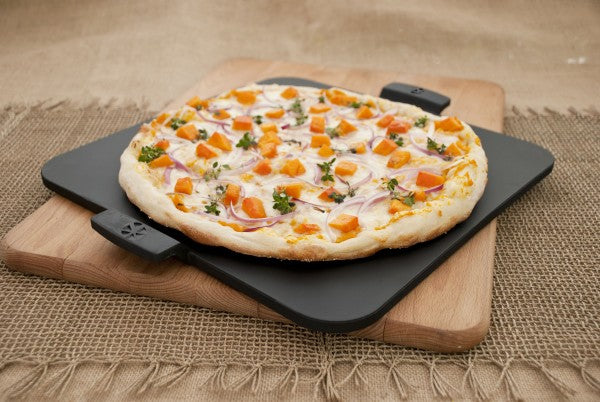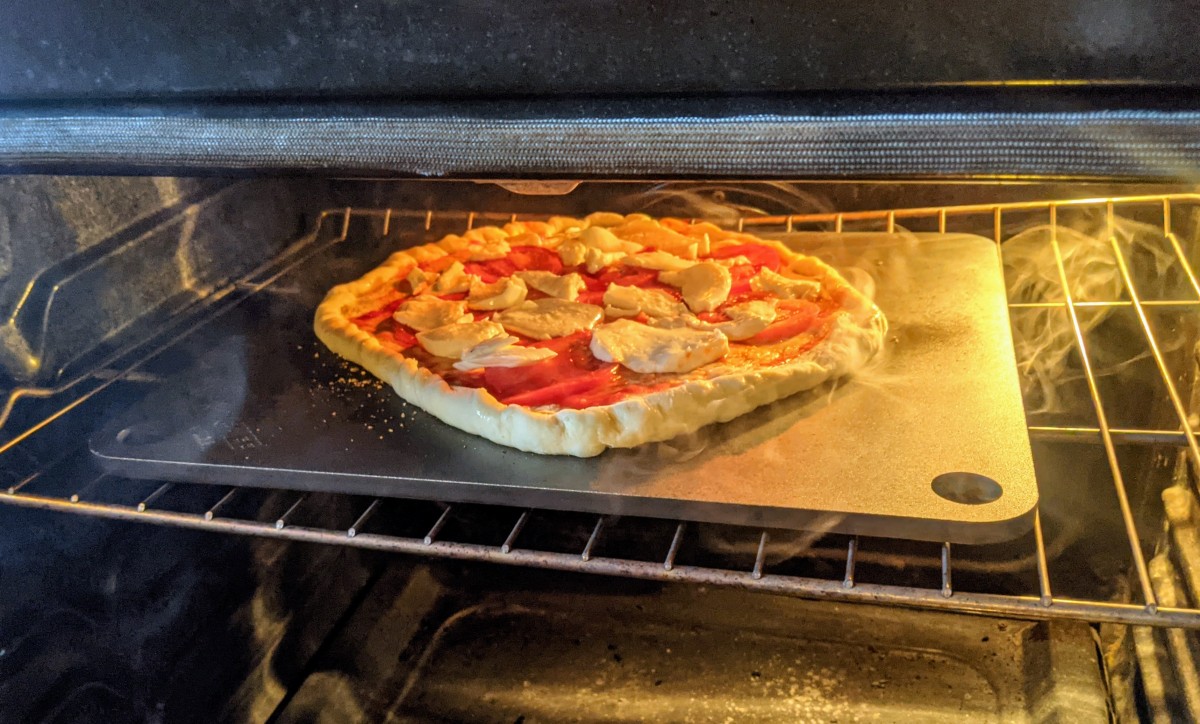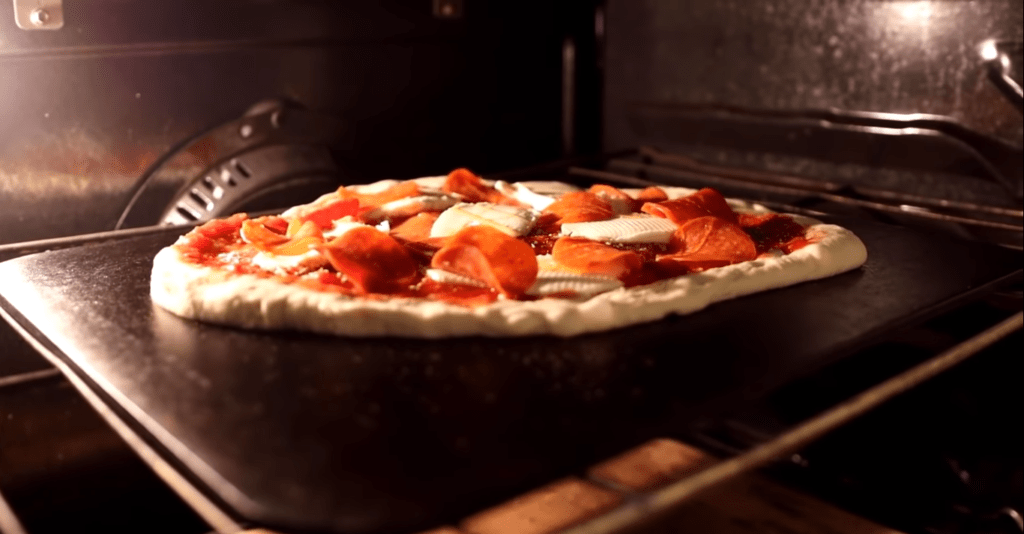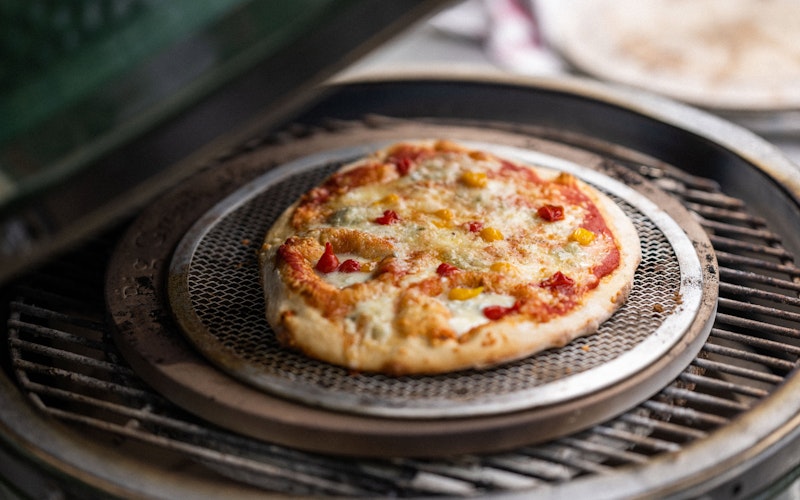The art of creating perfect, crusty bread is an aspiration for many kitchen professionals. Utilizing a baking stone can be the key to achieving that ideal crust and chewy interior that is often associated with artisan breads. In this article, we delve into the secrets of using a crusty bread baking stone, exploring how it enhances the bread-baking experience.

What is a Baking Stone?
A baking stone is a flat stone platform used in an oven to bake bread. Its primary function is to evenly distribute heat, which helps in achieving a more consistent bake. This method replicates the experience of traditional clay oven baking. The porous nature of a baking stone absorbs moisture during baking, resulting in a crisp, crusty exterior.
Why Use a Crusty Bread Baking Stone?
Baking with a stone has several advantages. First, it allows for even heat distribution, preventing hot spots that cause uneven baking. Second, the heat retention properties of a stone mean that after preheating, it maintains temperature effectively, mimicking the conditions of a professional bakery oven. This is crucial for achieving a high rise and a characteristically bubbly interior.
Moreover, when a crusty bread baking stone is used properly, it can enhance the flavor and texture of the bread. The intense heat allows sugars in the dough to caramelize, creating depth in flavor. To learn more about the benefits of using a baking stone, you can visit Bread and Buzz.
How to Use a Baking Stone
Using a baking stone requires some preparation. It's important to preheat your stone thoroughly. The preheating process should be lengthyat least 45 minutes at a minimum of 475F. This ensures the stone is fully primed to transfer heat directly at the start of the bake. Sprinkle a bit of cornmeal or use a parchment sheet to prevent the dough from sticking to the stone.
For a step-by-step guide on using a baking stone, visit Chef's Resource FAQ.
Maintaining Your Baking Stone
Proper maintenance of your baking stone can prolong its life and enhance your baking results. Unlike other kitchen tools, a baking stone should not be washed with soap. Instead, allow it to cool completely before scraping off any residues with a spatula. Over time, your stone will develop a seasoned appearance, which only enhances its non-stick properties.
Enhancing Your Baking with Stone-Baked Techniques
Discover the art of baking artisanal bread with baking stone techniques. Whether youre experimenting with classic sourdough or crafting your unique bread styles, the stone is a versatile tool in your baking arsenal. For inspiration and tips on specific bread types, explore this Baguette Baking Guide or try Sourdough Baking for pro-level results.

Frequently Asked Questions
What types of bread are best suited for a baking stone?
While a baking stone is versatile enough for any bread, it's particularly effective for artisan loaves like sourdough, rye, and ciabatta, where a crusty exterior is desired.
Can a baking stone be used for other types of baking?
Yes, baking stones can be used for pizzas, cookies, and pastries. The even heat distribution they offer can improve the baking process across various recipes.
How do you care for a cracked baking stone?
If a baking stone cracks, it can often still be used. Simply place the pieces together in the oven as they were originally. Avoid direct contact with the dough on the crack to prevent any uneven baking.
This article contains affiliate links. We may earn a commission at no extra cost to you.






Leave a comment
This site is protected by hCaptcha and the hCaptcha Privacy Policy and Terms of Service apply.